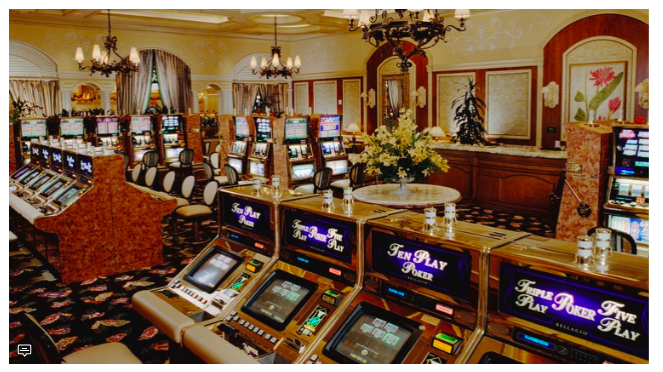
There’s nothing quite like the glitz and glamour of a modern-day casino. For decades, the bright lights and larger-than-life casino hot spots of Las Vegas, Monte Carlo and Macau have drawn in crowds from all over the world.
It’s no secret that casinos use clever tricks to keep us flocking to them year after year to spend our hard-earned cash. But what are those design hacks and why is it important for designers to emulate the thrill of a land-based casino for an online environment?
The History of Casino Design
Casinos started to make their appearance in continental Europe in the nineteenth century and have kept us fascinated ever since. But while the appeal of casino houses remains universal, the design of casinos has undergone an evolution in recent years. So, let’s take a look at the two main casino designs:
The Classic Gaming Design
The classic gaming design was the approach of casino manager and designer, Bill Friedman, who transformed Las Vegas casinos such as the Castaways Hotel & Casino and the Silver Slipper Casino from being loss-making to hugely successful casinos. His design approach was that by creating an exciting and energetic environment for players, they would end up spending longer in the casino.
His basic design principles included the use of bright colour schemes such as oranges and reds to excite players, low ceilings, a confusing maze-like floor plan with lots of mirrors and removed all clocks and windows. Slot machines were also placed at the front of the casino so that people would start to play as soon as they walked in.
This classic gaming design encouraged players to be totally immersed in their play with no distractions from the outside world and hence they would spend more money. However, in the mid-1980s all that was to change.
The ‘Playground’ Design
By contract, the second school of thought which threw out the ‘classic’ casino design rule book was the ‘playground’ design by interior designer, Roger Thomas. He’s known today for reinventing the modern casino, having transformed the interior design of world-famous casinos such as the Bellagio casino in Las Vegas.
His design incorporated wide open spaces with high ceilings and sky lights so that people felt calm and comfortable rather than anxious and boxed in. In contract to the classic gaming design, he used soft colours like blue and gold, exotic artwork, grand clocks, silk fabrics and lush foliage to give the feeling of luxury and relaxation.
The ‘playground’ design relied more heavily on design psychology by creating a sense of relaxation and luxury, believing that if a player felt happy and at ease then they would stay longer and spend larger amounts of money. And guess what? It worked, as research showed that people preferred the playground design over the classic gaming design and spent more time and money in the casinos.
Appealing to the Senses
Despite the differences in the classic gaming design and the playground design, most casinos use other tried and tested ways of appealing to the senses to create the right atmosphere for players such as:
- playing soft, ambient music
- having aromatic smells wafting through the casino
- ensuring the casino has the right room temperature
Replicating Casino Design Online
With online casinos now more popular than ever before, the question is, how can online casinos emulate the thrill of a land-based casino on a mobile phone and computer?
Technology has completely changed our lives and means that nowadays more people than ever before are playing online casino games. But while online casinos can’t replicate all aspects of a real-life casino like room temperature and scent, they can compensate in other ways.
The online casino like Virgin Games leans heavily on the brands vibrant red and white colour scheme – the clean, minimalist white background works well against the energizing red font. The layout of the slots and table games is user-friendly, and this juxtaposed with classic fruit machine images of cherries, bells and casino chips creates a powerful sensory experience that is bright, fun and keeps players engaged on site for longer.



